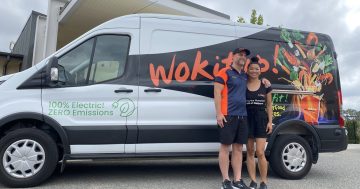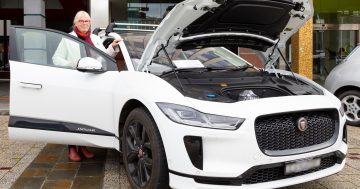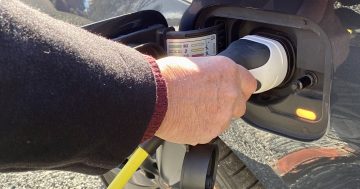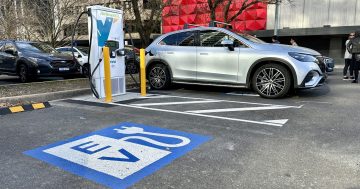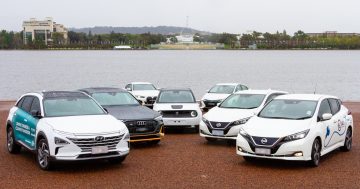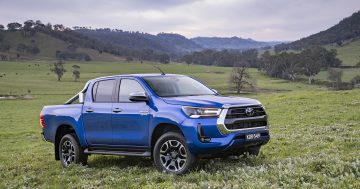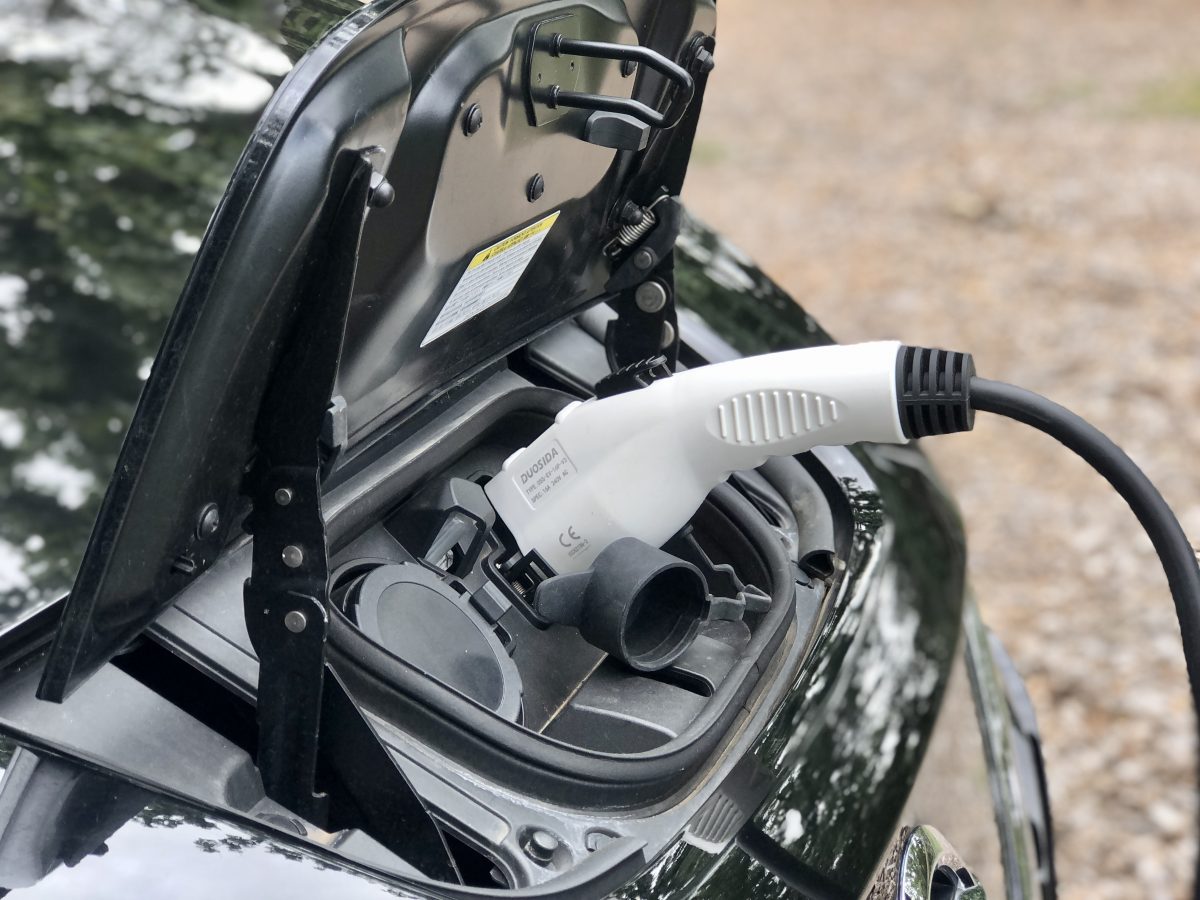
More Canberrans are switching to electric vehicles but finding a public charger is still an issue. Photo: James Coleman.
Canberrans wanting to make their next car electric now have access to an online zero emissions vehicle (ZEV) support tool which aims to take some of the guesswork out of the decision-making process.
However more also needs to be done in the public charging space to get more people to make the switch.
It comes as the Territory hits more than 5000 ZEVs registered in Canberra.
“The ACT has the highest number of ZEVs per capita in Australia and has now reached a milestone of more than 5000 registered in the ACT,” Energy and Emissions Reduction Minister Shane Rattenbury said.
“The number has doubled since this time last year and now one in five newly registered vehicles is a ZEV.
“This demonstrates not only that Canberrans care for our environment and want to do their part to reduce emissions, but also that they have discovered the many benefits that come from owning a ZEV.”
The government launched the free cost comparison tool to help people make more informed decisions on whether or not to buy an electric vehicle, showing the parallels between upfront cost and depreciation over time. The tool also asks how many kilometres an interested buyer drives and if they have solar at home.
“The new tool takes about five minutes to use and allows you to see at a glance the total cost of ownership of any car model available in Australia over a five-year period. It also allows you to compare these costs to other models available on the market,” Mr Rattenbury said.
“While ZEVs are still typically priced at a premium compared to petrol or diesel alternatives, the reduced operational costs and greater resale value of ZEVs means they can cost you less in the long run.
“Other information the tool provides includes driving range, annual fuel or energy costs, as well as financial incentives available if you purchase a ZEV in the ACT.”
The average Canberran only drives 40 km a day, while newer electric vehicle models have an average driving range between 300 to 600 km.
“This tool is another step in the ACT Government’s people-first approach to climate action,” Minister Rattenbury said.
ZEVs can be cheaper for Canberrans to run because they have far fewer maintenance costs. Drivers can save money on refuelling costs, especially if they are able to charge with energy from their home solar panels.
Australian Electric Vehicle Association (AEVA) ACT secretary Darryl Bourke welcomed the tool as a missing information portal in the ZEV space.
“It’s not a glitzy sales thing, it’s actually realistic,” he said.
“It helps you look at the total cost of ownership rather than just the upfront cost.”
But more also needs to be done to build the infrastructure needed to charge these vehicles, both for locals and visitors.
The AEVA ACT branch published new recommendations earlier this year, calling for more public chargers throughout the Territory.
Key points included at least two rapid EV chargers, in addition to cheaper, slower chargers, in each of the city’s seven districts and the Parliamentary Triangle. This would ensure new EV charging stations were accessible to people with disabilities, and for the ACT Government to work with the neighbouring Queanbeyan-Palerang Regional Council to provide at least two fast chargers in Braidwood for drivers to access when travelling to the South Coast.
Mr Bourke said the mindset needed change from thinking we all needed to have public access to super fast chargers.
“With petrol and diesel cars, most people drive until it’s almost empty and then fill it all the way back up,” he said.
“But with [ZEVs] you just top up to cover where you’ve been that day … it means if you’re lucky enough to have a charger outside a restaurant or supermarket, you can top up while you’re doing something else.”
He said public chargers were important for locals and visitors to the Territory because not everyone had access to a powerpoint to charge their vehicle, including renters or those without off-street parking.
Private entities such as motels and hotels also have a role to play in offering charging options to guests, with recommendations stating this will reduce demand on public charging.












